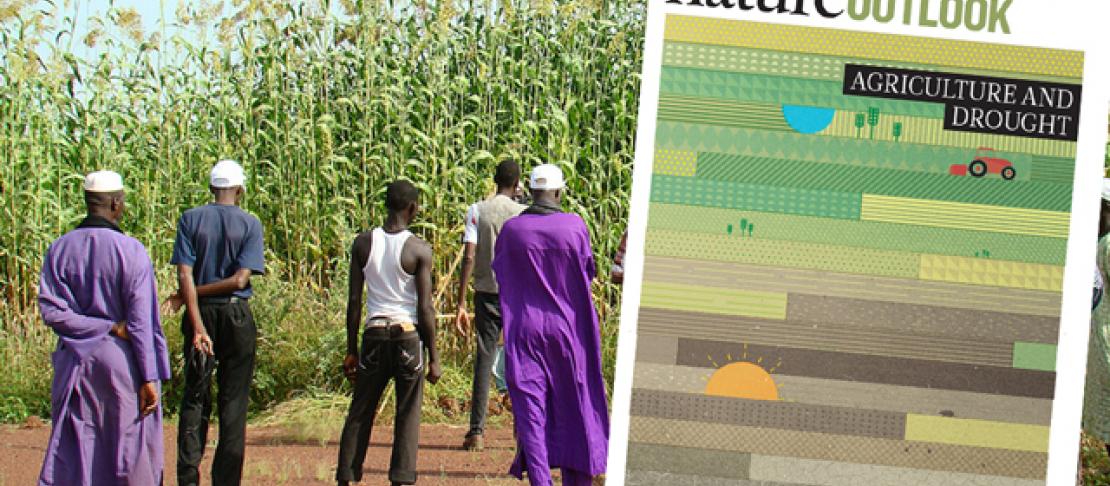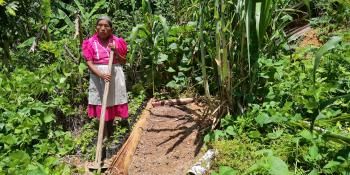Combating drought with sustainable agriculture

Agriculture will be faced with alarming challenges under a changing climate, with many parts of the world facing more severe and sustained droughts. But there are practical answers and solutions for countries seeking to safeguard food and farming. In a special Nature Outlook on Agriculture and Drought , leaders from the CGIAR Research Program on Climate Change, Agriculture and Food Security (CCAFS) weighed in on what they think governments should do to enhance sustainable agriculture and mitigate droughts.
 Bruce Campbell, CCAFS Director emphasized the need for countries to invest in research, encourage collaboration between government departments (such as meteorology and agriculture), use of mobile devices to share climate forecasts, and good planning:
Bruce Campbell, CCAFS Director emphasized the need for countries to invest in research, encourage collaboration between government departments (such as meteorology and agriculture), use of mobile devices to share climate forecasts, and good planning:
Given the scale of the suffering caused by the impact of drought, governments need pre-planned risk-reduction programmes, rather than just crisis management.

James Kinyangi, who leads the CCAFS Regional program in East Africa, noted the need for investments in improved livestock breeds, greenhouses, and innovative micro-financing schemes. He noted progress in Kenya:
Some governments are starting to invest. In Kenya, for example, greenhouse farmers now qualify for support from a US$70-million youth development fund, and the Boran and Sahiwal breeding programmes are starting to improve the indigenous zebu cattle.
 In West Africa, regional program leader Robert Zougmoré, underlined how “localized seasonal climate forecasts for farmers” are taking off in CCAFS sites in West Africa. The challenge is to scale up:
In West Africa, regional program leader Robert Zougmoré, underlined how “localized seasonal climate forecasts for farmers” are taking off in CCAFS sites in West Africa. The challenge is to scale up:
Extending these trials across the Sahel will require investment in setting up multi-disciplinary groups to translate seasonal forecast information into tailored agro-meteorological advice. CCAFS is working with the national meteorological office in Mali to pilot such a scheme for farmers in the Cinzana district. By documenting the effects and benefits of these measures, we should be able to convince policymakers to allocate funds to promote them and also attract donors and other stakeholders.
 In South Asia, policy makers should focus on improving resilience, writes Pramod Aggarwal, who leads CCAFS research in the region:
In South Asia, policy makers should focus on improving resilience, writes Pramod Aggarwal, who leads CCAFS research in the region:
Measures to improve resilience that should be prioritized include conservation agriculture, reclamation of degraded land, scientific management of seed, soil and water resources, improved weather forecasts and services to farmers, and agricultural infrastructure. Adaptations made in these areas could also significantly contribute to reducing greenhouse gases.
It’s clear that making our agricultural system sustainable while feeding a growing world population is not a straightforward task, but researchers are working in partnership with communities to test tools and approaches that can help countries move ahead, despite the diverse challenges.
Read the full analysis, including insights from other regions around the world:
Bruce Campbell, James Kinyangi, Robert Zougmoré, Pramod Aggarwal, et al. Perspectives: Legislating change in Nature 501, S12–S14 (26 September 2013)


